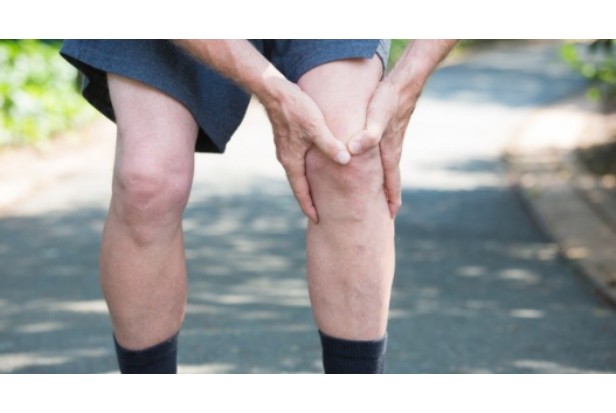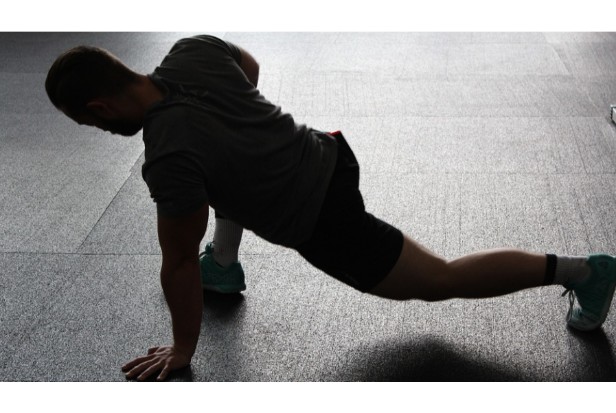
How to Save Your Knees Without Giving Up Your Workout-8 Tips
Knees that creak, ache, or outright hurt limit your daily activity and ability to do all the fun things you enjoy. Keep moving forward despite your bad knee. To keep this joint healthy, keep moving, but take precautions when exercising.
Here are eight precautions to keep your knees healthy even during strenuous exercise.
Table of Contents
8 Precautions to Keep Your Knees Healthy During the Workout
To maintain healthy knees throughout strenuous exercise, take these eight precautions.
Maintain a Healthy Weight
Being a healthy weight lessens the additional impact on your knees if you engage in high-impact exercises like running or plyometrics. Of course, you might be working out in order to achieve a healthy weight. What should you do in that situation?
If you need to lose more than 50 pounds, choose a calorie-burning cardio exercise that is somewhat gentle on your joints. Swimming, rowing, cycling, and cross-country skiing are all fantastic options.
Cross Train
Your results will plateau if you get stuck in a workout rut. Your body might also object.
By repeatedly performing the same movement pattern, certain muscles are strengthened at the expense of others, making the knee joint more susceptible. Additionally, constant exercise that strains the knee joint never gives it a break, causing the joint to deteriorate further.
Weekly workout changes will help you cross-train. Maybe some days you hike, while other days you ride a stationary bike, lift weights, or do yoga. When strained at various intensities and from various angles, your knee gets stronger.
Go Short and Frequent
Still, there’s a limit to how quickly the joint can adapt to unfamiliar stresses. For The Running Clinic, Mr. Jean-François Esculier, director of research, and Ms. Kahn’s co-author suggested that knee pain that persists for more than an hour after exercise, or that shows up the morning after a workout, is a sign that the joint was overloaded. He clarified that this doesn’t mean you should stop exercising, just that you should modify what you’re doing.
Think about doing shorter, more frequent workouts. According to Keith Baar, a physiologist at the University of California, Davis, who studies the molecular properties of cartilage and other connective tissues, the cells in cartilage respond positively to exercise for about 10 minutes. After that, there are no longer any adaptive benefits; you are simply adding to the tissue’s stress and damage. Therefore, if a twice-weekly two-hour tennis marathon causes you to have sore knees, you might try substituting one-hour sessions.
Optimize Your Movement Patterns
For athletes, the benefits of such preventive programs are clear. It is less clear for the typical person who currently does not experience knee pain. “It’s also a philosophical question,” Spending all of your time trying to stop problems that haven’t happened yet runs the risk of over-medicalizing life, according to Dr. Roos.
Even if you’re currently healthy, there are some subtle ways to improve your chances. In everyday activities like rising from a chair, Dr. Roos advised concentrating on good movement patterns: use both feet, avoid using your hands, and maintain a straight line from your hip to your knee. Similar attention should be paid when climbing stairs and using the restroom; if you have trouble keeping your joints in alignment, you need to strengthen your leg and hip muscles.
Work All the Muscles Around the Knee
The muscles surrounding a joint determine its level of strength. That means your knee requires strong hamstrings and quadriceps (located at the front and back of the thigh, respectively). It is not necessary to rely on the bone and connective tissue in the knee joint to carry out the work during exercise because strong glutes and calves also contribute to having powerful legs.
These knee-supporting muscles are strengthened through strength-training exercises like squats and lunges. For more information on the specific exercises, you should do to strengthen your leg muscles and support your knees, speak with a personal trainer or the Next Step Orthopedics staff.
Warm Up Before Exercise

Without properly preparing your body for work, intense exercise puts you at risk for injury, especially to joints that are susceptible to damage, like the knees. Spend five to ten minutes warming up your body, whether you’re going to run a 5K, lift some heavy weights, or take a brisk mile-long walk.
The warm-up begins subtly. For instance, if you want to power walk, take a few minutes to stroll before gradually accelerating to full speed over the course of five minutes.
Two to three minutes of body-weight dynamic movements, such as squats, high knee raises, and side lunges, are performed after about five minutes of cardio, such as walking or riding a stationary bike.
A warm-up increases circulation and range of motion, which prepares your joints for the rigors of your workout session.
Break Away from Weight Machines
You might think that using weight machines to work out your legs, like the leg press and leg extension, is simple and secure. However, using these devices too frequently restricts your range of motion and over time may result in knee pain. They restrict specific muscles in your body from helping you lift, which can lead to knee inflammation and pain.
However, because they don’t teach you how to lift a load in a functional, natural way, machines may make knee pain more likely in the future. To train your body to function as it was intended, use free weights and functional strength-based exercises like wall sits, step-ups, and hip bridges.
Wear the Right Shoes
Shoes that support your joints and are of high quality are essential. Select the appropriate footwear for your particular exercise regimen, providing the right support and stability. To further aid in preventing falls, you must ensure proper shoe fit.
Conclusion: Don’t Ignore Pain
If you take precautions and still find it hard to exercise without knee discomfort, consider a consultation with Your Doctor